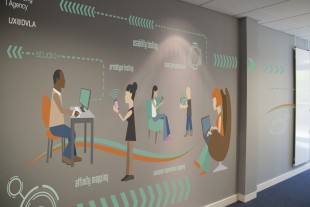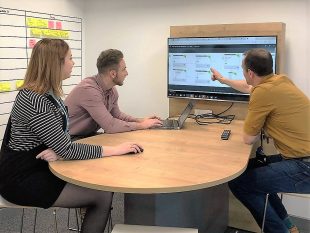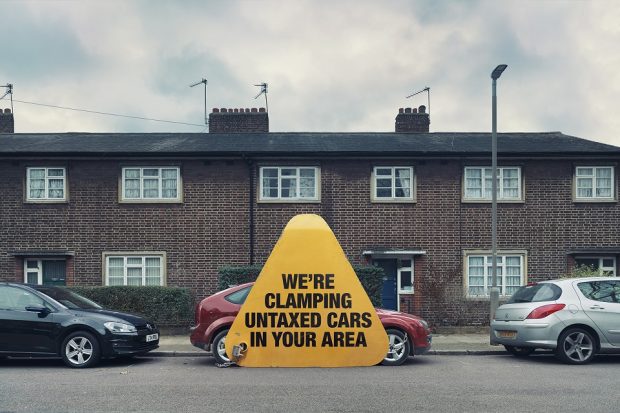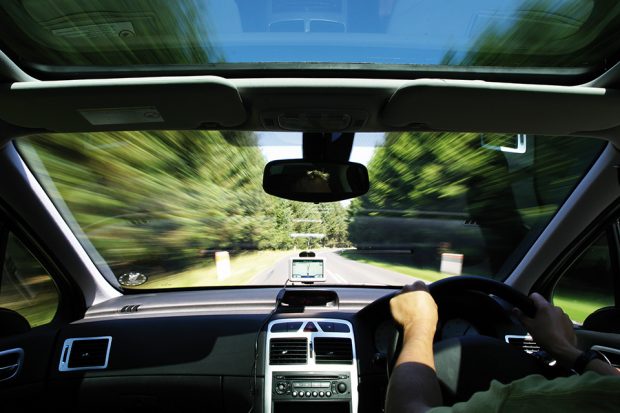25 years of Customer Service Excellence: how we do it
We recently retained our Customer Service Excellence (CSE) accreditation for the 10th successive year. Before this we held the Charter Mark, part of the Citizen’s Charter Programme, since 1993. This is 25 years of awards for our focus on customer service.
Run by Cabinet Office, CSE recognises organisations that are “efficient, effective, excellent, equitable and empowering”.
It’s tough to achieve accreditation; we’re rigorously tested against multiple criteria in 5 service areas: delivery, timeliness, information, professionalism and staff attitude. These are areas that our customers have said are a priority for them. CSE also places emphasis on developing customer insight, understanding customer experience and measuring service satisfaction.
How we meet the standard
We understand the differences in our varied customer base. This allows us to design our services by focusing on them. We cover a wide range of customers, commercial and public, by carrying out research across the country.
We work closely with trade associations, motoring organisations, the police, other agencies and relevant medical charities, as well as other government departments. This allows us to share best practice and knowledge. Our user experience (UX) laboratory also allows us to test and evaluate our users’ end to end experience, across various channels and devices. On a monthly basis we conduct satisfaction survey research. We analyse our customer satisfaction scores and the comments made.
Using customer journey mapping helps us to understand and improve how our customers interact with us. For example, understanding what customers feel when telling us about a medical condition. We step into their shoes from the moment they know they need to tell us, through to the final outcome. Seeing DVLA from their perspective gives us valuable insight into how our customers feel at different stages of the process.

Senior managers at DVLA have created an environment to encourage people at all levels to see our customers as individuals and understand their needs. This is highlighted in our business plan, where our Non-Executive Chair Lesley Cowley emphasises ‘how good customer service is central to our success and what people expect when they deal with us’.
Achieving the standard is a reflection of how DVLA as a whole provides great service to our customers.
We’re continually improving our services
While it’s great for us to get an independent view on the service we provide our customers, the assessment is also a valuable tool to help us improve. Every year, we’ve used the assessor’s advice on areas where we can improve our services.
This is in line with our aim to make sure the design of our services are led by customer feedback. This will hopefully lead us to continue to retain the CSE standard for years to come.
Would you like to help us keep improving our services?
Follow DVLA on Twitter, follow us on Facebook and connect with us on LinkedIn. You can also subscribe to the DVLA digital services blog.



